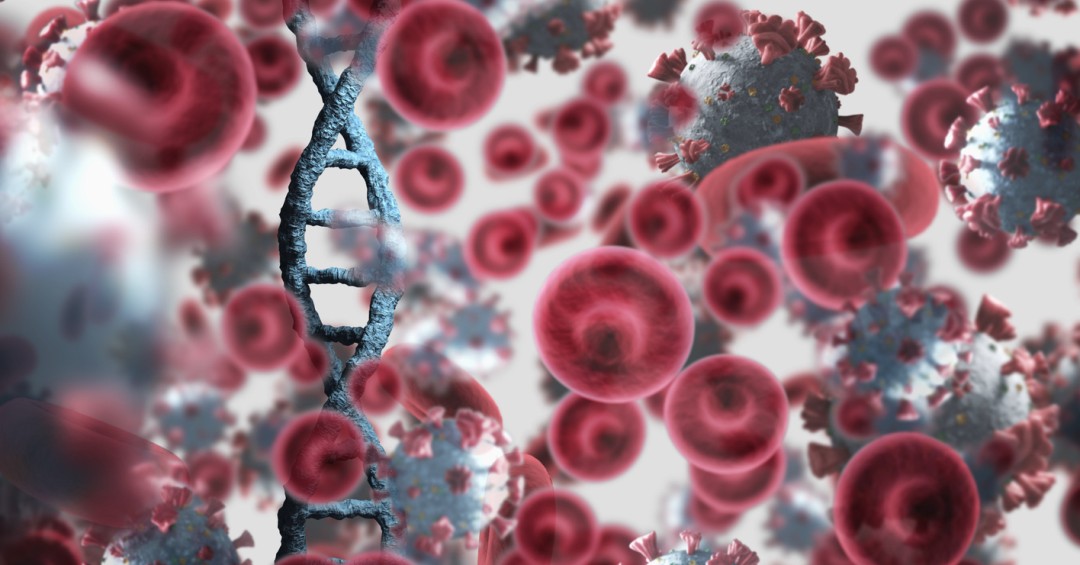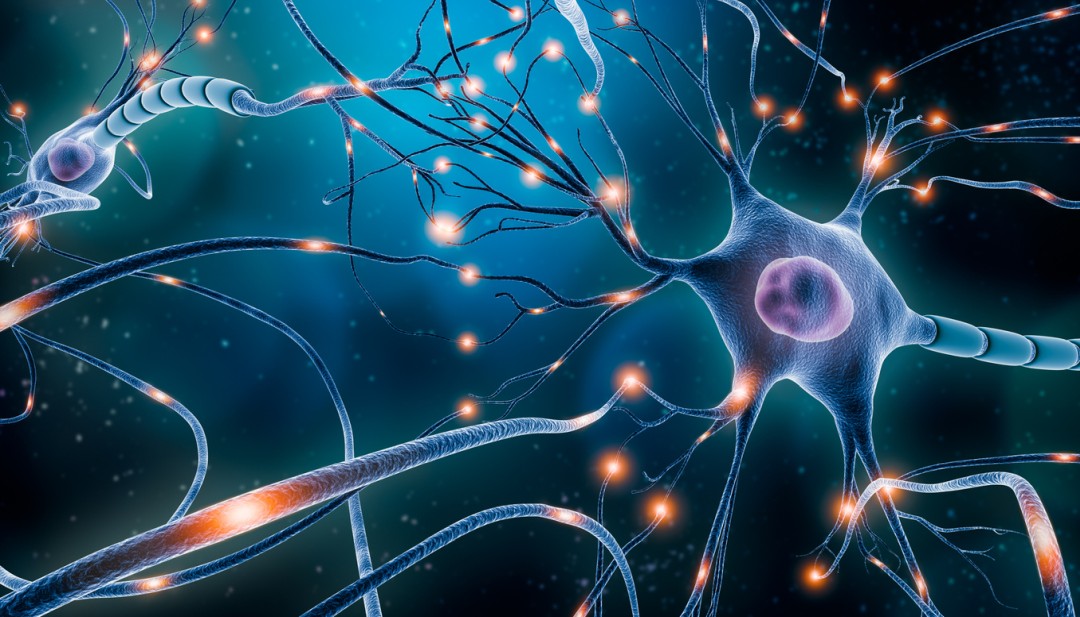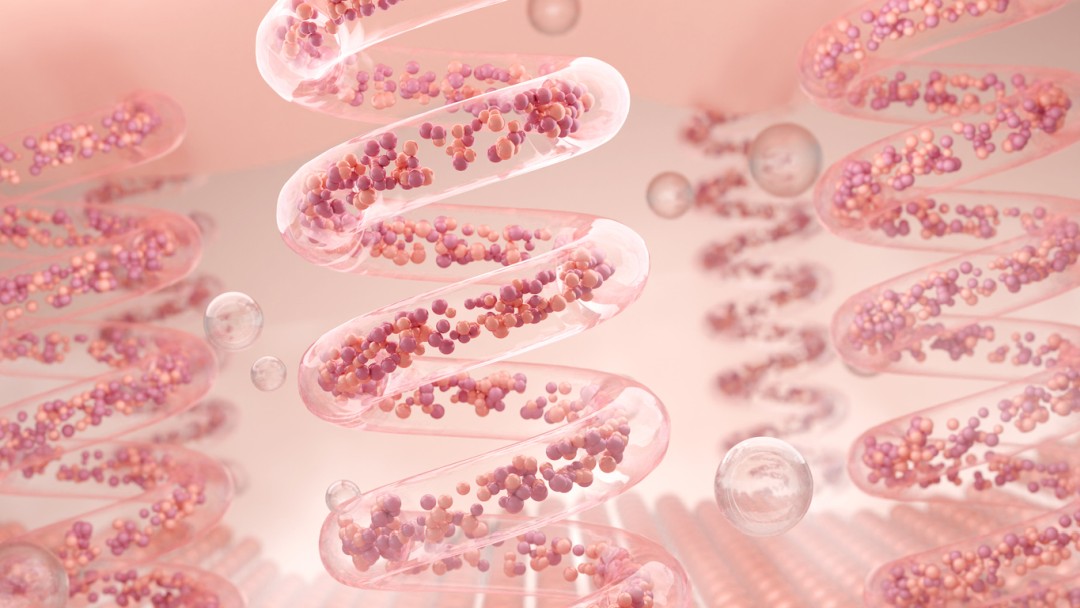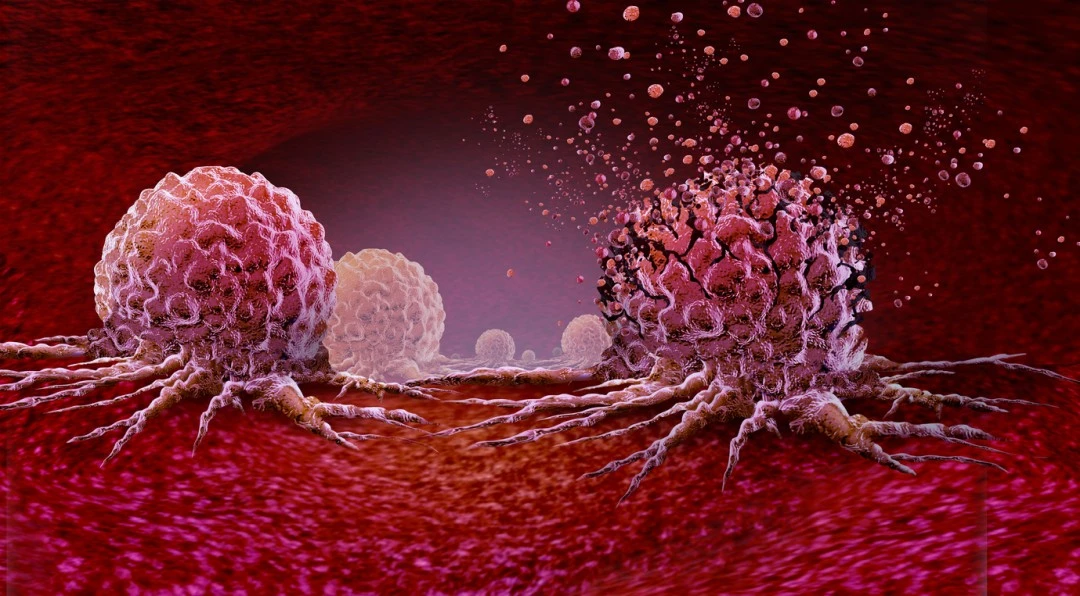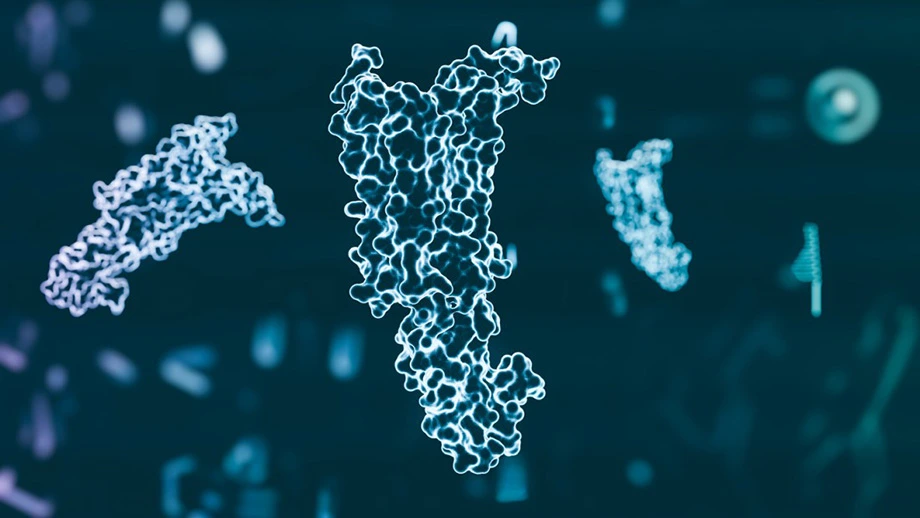
Feb 20, 2025 | peptides
Receptor Grade IGF-1 LR3 peptide may be described as a modified version of the endogenously occurring insulin-like growth factor 1 (IGF-1) – the endogenous mediator of the anabolic potential of growth hormone (hGH). In order to produce IGF-1 LR3, scientists...

Feb 10, 2025 | peptides
Protirelin is a synthetic tripeptide (L-pyroglutamyl-L-h histidyl-L-proline amide) that has been developed as an analogue of a small peptide endogenously produced in hypothalamic cells called thyrotropin-releasing hormone (TRH).(1) It is thought that Protirelin may...

Feb 3, 2025 | peptides
Tripeptide-3 (often referred to as Syn-AKE) is a synthetic compound that may mimic one of the actions of waglerin-1, a 22-amino acid peptide found in the venom of the Temple Viper.(1)(2) Structurally, Tripeptide-3 consists of β-alanyl–L-prolyl–3-aminomethyl-L-alanine...

Jan 30, 2025 | peptides
LL-37 is a peptide that belongs to the so-called cathelicidin-derived peptides. Cathelicidins are considered immune-related proteins, and LL-37, in particular, is derived from a larger precursor protein called hCAP18. The name LL-37 comes from the first two amino...

Jan 24, 2025 | peptides
Cartalax (AED or T-31 peptide) is a synthetic tripeptide that some investigators categorize among the so-called Khavinson peptides. These peptides are a set of short amino acid chains that may exert regulatory influences on biological functions and are consequently...

Jan 20, 2025 | peptides
Researchers believe AICAR peptide (5-Aminoimidazole-4-carboxamide ribonucleotide) to be a synthetic analog of adenosine monophosphate (AMP). Both AICAR and AMP are thought to belong to a class of molecules called nucleotides, which serve as the basic building blocks... 